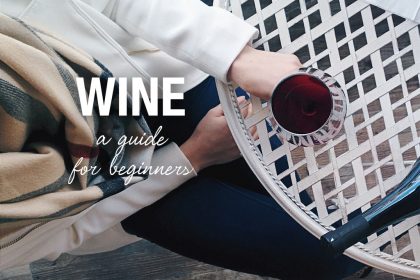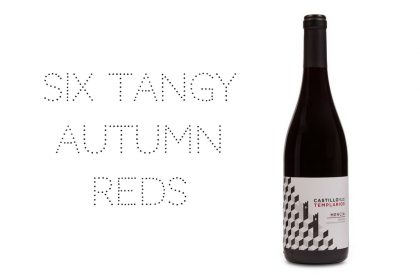It’s summer – time to drink pink!
What better reason to enjoy a crisp, cool glass of rose than the fact that it’s now sumner? Helena Nicklin (aka Winebird) explains why now’s the time to drink pink.
The Cannes film festival kicked it off: June is officially rosé season! Cue oceans of elegant pink wines being sunk in gardens and in beachside cafés as the sun goes down.
There’s something about rosé specifically from Provence, though. It’s a style in its own right; perfect for those who seek a non-flashy, pale pink that’s always dry.
Here’s my need-to-know guide to the world’s most elegant rosé.
Taste
Provençal rosé is a bit of a paradox; the ethereal, uber-delicate pale rose colour belies its weight and complexity on the palate and its characteristic, salty tang is what keeps us coming back for more.
Provençal rosé is one of the most versatile styles of wine you can get and, in my opinion, is one the most reliable. It often comes in variations of a particular bottle shape known as the ‘skittle’.
Fact!
Located on the southern coast of France, AOC (controlled region) Provence is the oldest wine region in the country.
How it’s made
Provençal rosés are nearly always a blend of several grapes: usually Grenache, Cinsault, Syrah and Mourvedre with some Carignan, Tibouren and even a dash of Cabernet Sauvignon thrown in occasionally.
It’s made by two methods, the first and most common being ‘maceration’. Here, the grape juice is soaked with the red grape skins for a short amount of time to give it that subtle pink colour. The result is the pale, elegant style of wine that we’ve been talking about above.
There is another ‘saignée’ method however, which creates bolder, darker, more savory wines that can be more like lighter reds than pinks. This is done by bleeding off some of the liquid and leaving the resulting juice soaking longer with the skins for more concentration and colour.
Fact!
Provence is the only wine region to focus on rosé (nearly 90% of production!).
What to look for on the label
To make sure you are getting the quintessential, dry-but-complex, Provençal rosé experience, Look for ‘Côte de Provence’ on the label.
This is the largest AOC. You will also find ‘Côteaux d’Aix en Provence’ and ‘Côteaux Varois en Provence’ which are similar in style, but have with subtle differences because of varying soils and climates.
Bandol is another name to look out for; it is part of Provence but has its own AOC. Most famous for meaty red wines, Bandol also makes serious, well-structured, slightly darker and often more expensive rosé that’s particularly good with food.
Try these pale and elegant rosés from Provence
- Louison Rose 2016 Coteaux D’Aix En Provence Majestic, £8.99 mixed six price
- Amalthée en Provence – Morrisons £9
- Mirabeau Côtes de Provence 2016 £9.99 Ocado, Waitrose Cellar
- M de Minuty Reserve 2016 Côtes de Provence, Majestic, £10.99 mix six price
Winebird is a freelance writer, presenter and author of VINALOGY: wine basics with a twist! You can follow her on Twitter, and find her on YouTube.










